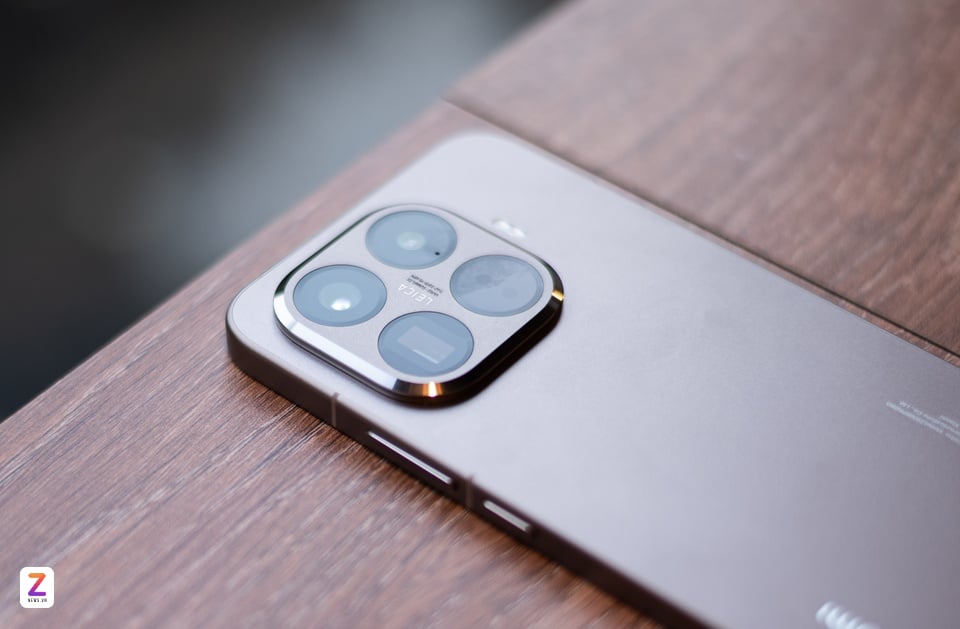 |
Xiaomi 15T Pro, priced at nearly 20 million VND in Vietnam. |
Xiaomi has been ranked second in Vietnam in terms of sales for many quarters. The main driving force of this company still comes from its sub-brand Redmi. Phone models priced at 3-7 million VND with outstanding configurations help the company gain a lot of market share.
However, when a brand “grows”, the ultimate goal is still to sell flagships. Samsung, Oppo, Vivo, Honor all target this segment, when Apple sells hundreds of thousands of new iPhones in Vietnam each season.
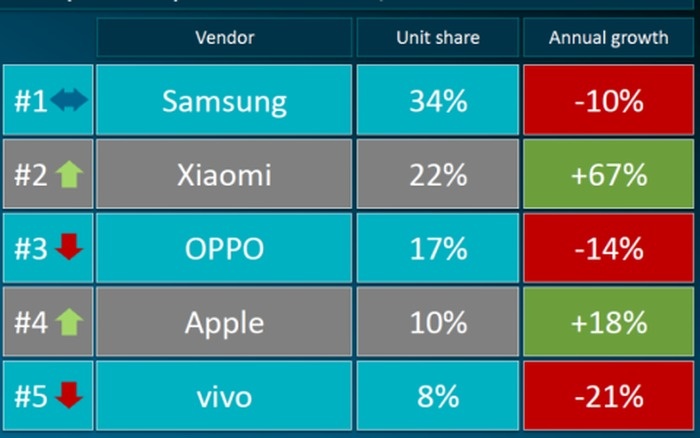 |
Xiaomi took the No. 2 position in Vietnam from Oppo for the first time in 2022. Photo: Canalys. |
These manufacturers are trying to gradually move customers using low-end smartphones to higher-end options, with the ultimate goal of a flagship priced above 20 million VND. Up to now, no company has really succeeded as Apple still holds more than 90% of the flagship market share.
For Xiaomi, the mid-range T series has become their most important phone in Vietnam. This product will reflect the effectiveness of their long-term strategy and the ability to grow their flagship in the near future.
New player's opportunity
In Vietnam, Android brands often have a higher market share than Apple, but as prices go up, the proportion of Apple products increases. This reflects that when users pay more for their phones, they do not continue to use their previous brand, but switch to iPhone.
This is a paradox that Samsung and Oppo, despite selling a lot of phones in Vietnam, cannot find a solution to.
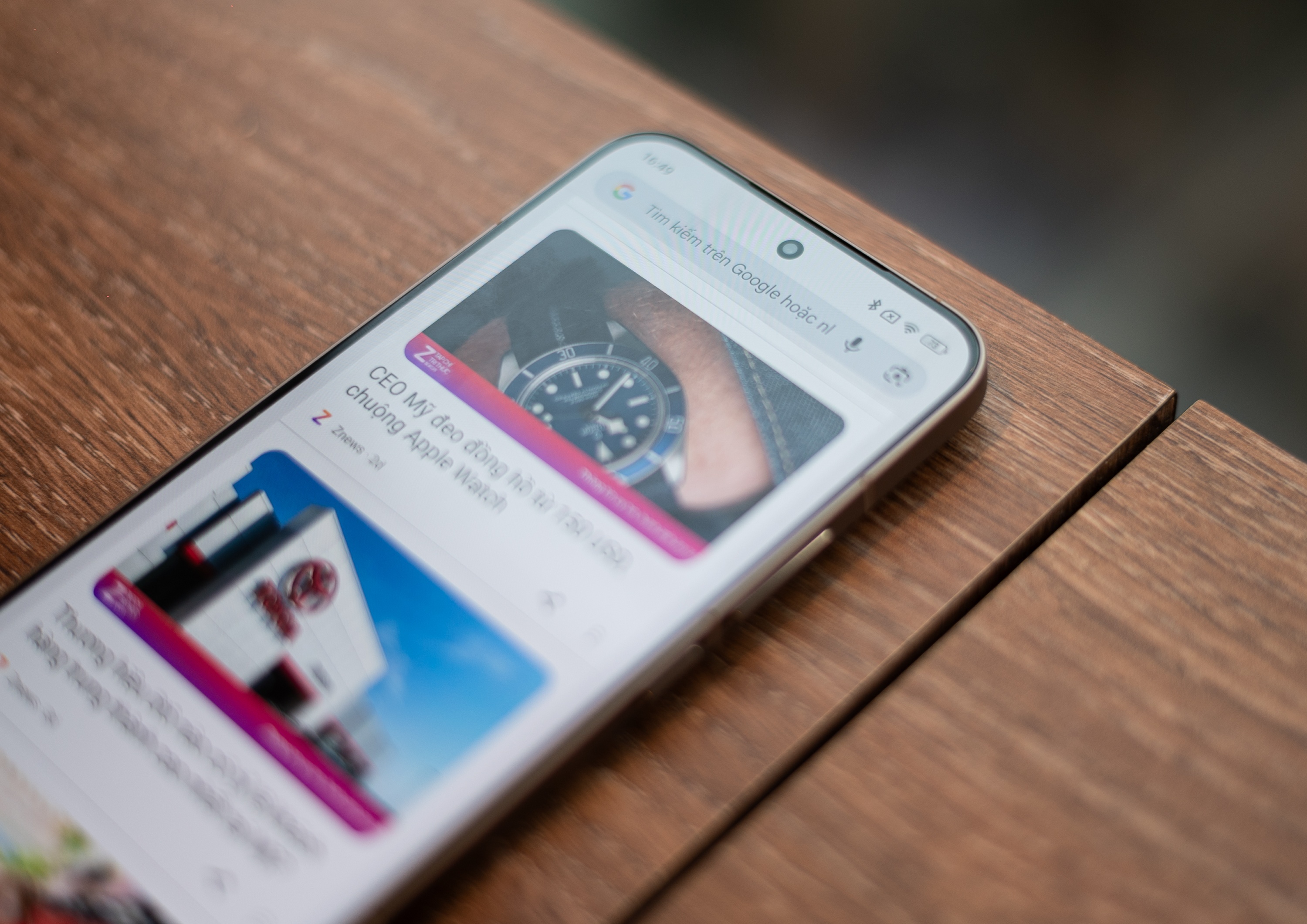 |
Thanks to its high configuration, Xiaomi loses fewer users than other Android brands. |
The simple reason comes from the selling price. Cheap phones often have low configuration, average hardware quality and little software support from the company. This reduces the customer experience after a long time of use. When they buy a new product, they do not want to use the previous company.
Apple is not worried about the impact because it only has expensive phones. Meanwhile, Xiaomi is less affected by this problem than its Android rivals thanks to its high-configuration devices. Its software also supports low-cost devices well, unifying the experience with more expensive lines. Thus, the rate of user churn is lower.
The company also tries to build a user community and increase loyalty, advantages that take years to build.
After using Redmi/Redmi Note, Xiaomi Fan Group is ready to switch to Xiaomi 15T or 15T Pro line priced at nearly 20 million VND for a better experience. On this model, the Chinese company also maintains better values than its competitors so that customers feel they are buying a "bargain".
Trump Card
In addition to the higher Dimensity 9400+ chip configuration than its competitors, the Xiaomi 15T Pro has a completely different design compared to Redmi models. The finishing quality is also a step higher. The bold metallic color versions also try to show that this is an expensive product, escaping the popular positioning often associated with the brand.
The manufacturer uses high-quality screens, large batteries or water resistance to convince users. The company also brings the Leica camera, which is only available on flagships, to the T series. The camera hardware is also very good with a large main lens and 5x telephoto.
The image quality of the Xiaomi 15T Pro is still lower than the Ultra model, but not much different from the standard Xiaomi 15. The bold, contrasty tones are gradually adjusted for more pleasant Asian skin tones. The Leica algorithm still shows a lot of emotion when taking pictures. The device has a major upgrade in terms of recording function, recording without jerking in low light and supporting LOG standard.
  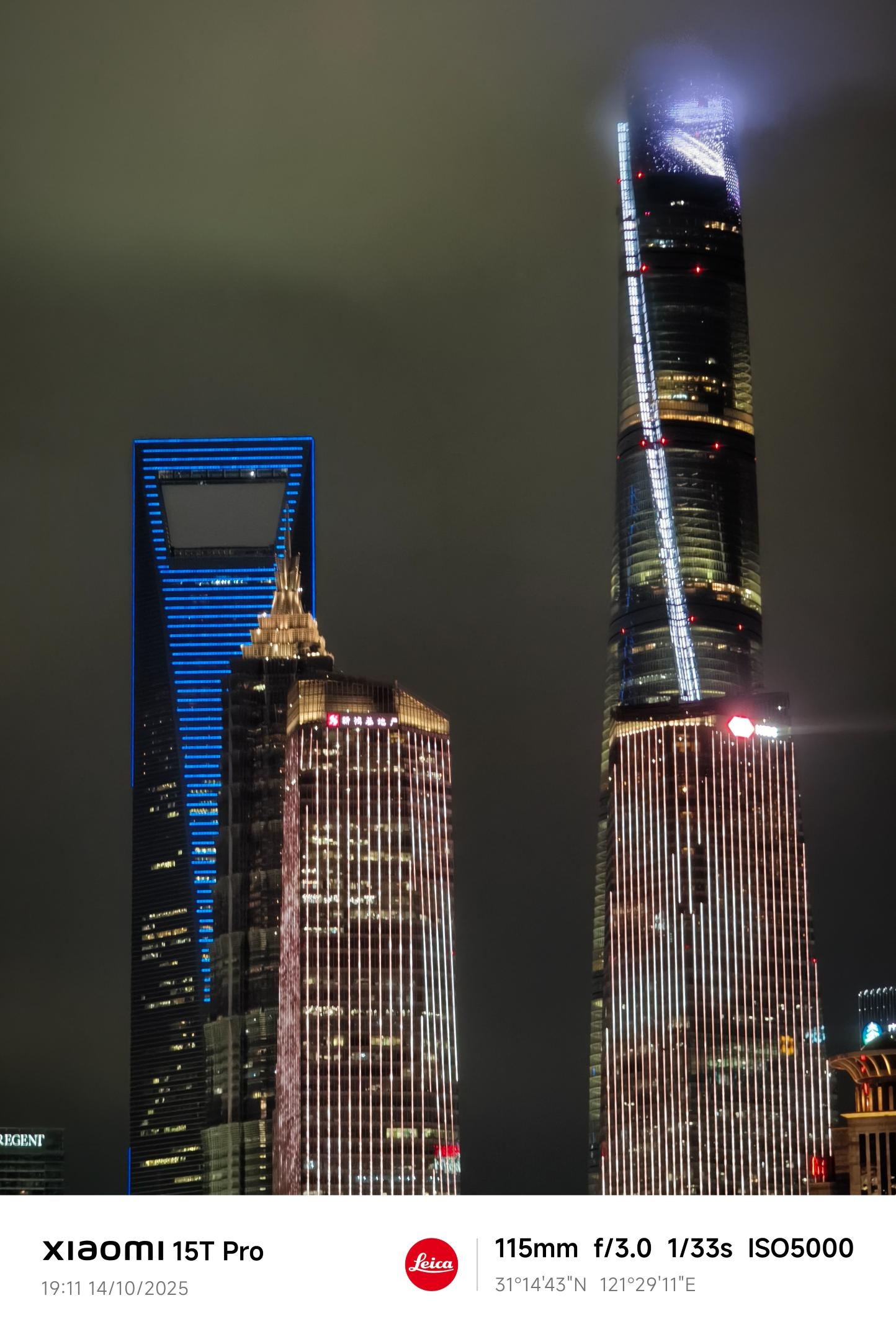 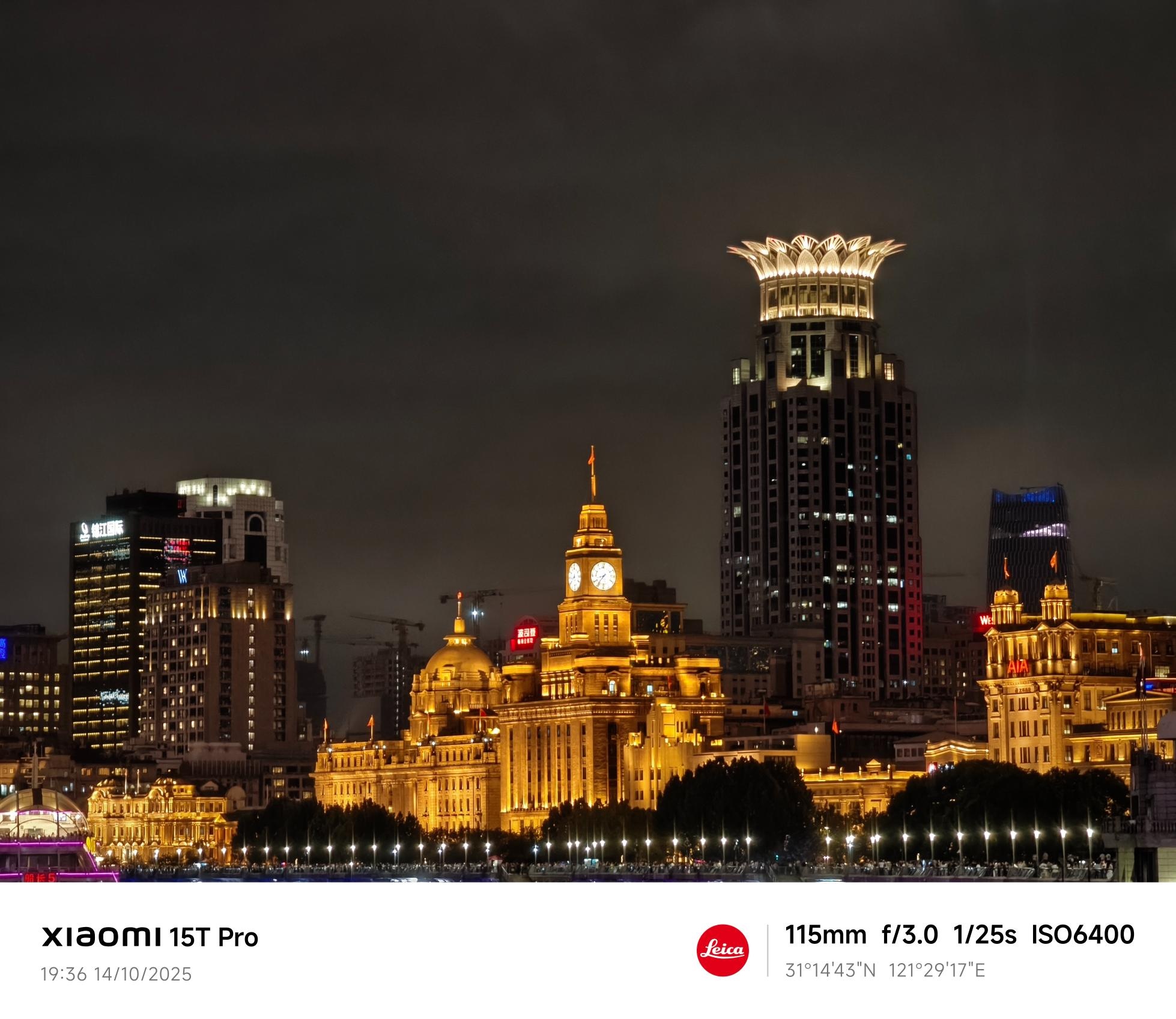 |
Xiaomi has shed its poor camera reputation since partnering with Leica. |
From a version focused on high configuration, the T series gradually changed into a transition between Redmi and Xiaomi flagship. The difference from the product lies in the points that users can hardly see through the parameters. The Xiaomi 15T Pro model has a very good vibration feedback speaker, super fast charging and 2-day battery life.
The problem to be solved
At this price range, Xiaomi 15T Pro has to face many competitors. The product has an advantage when placed next to Oppo Reno 14 Pro, Vivo V60 or Galaxy S25 FE when it has a higher configuration and equipment. The software and application experience of these Android models is also not much different.
However, for nearly 20 million VND, customers are easily confused with older iPhone models. Apple is selling both genuine iPhone 16 and iPhone 16 Plus. In addition, the discounted iPhone 16 Pro is also close to the Xiaomi 15T Pro segment. The above devices run iOS, supported by the Apple ecosystem.
Xiaomi also has its own Xiaomi HyperOS user interface, currently pre-installed at version 2.0, which will be upgraded to 3.0 in the near future. The new interface provides additional motion functions like the iPhone and smoother transitions, solving the drawback that Vietnamese users have complained about in the past.
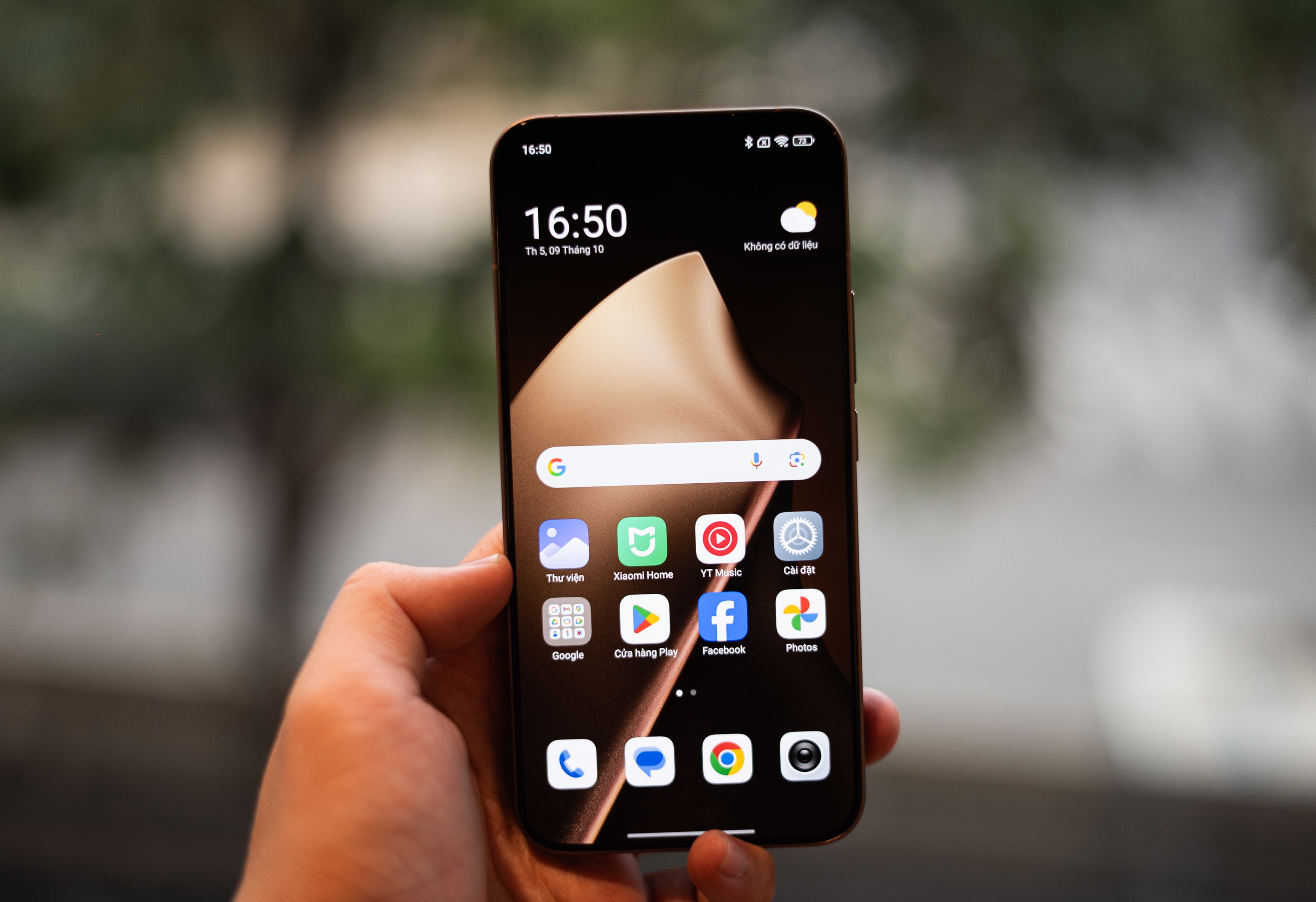 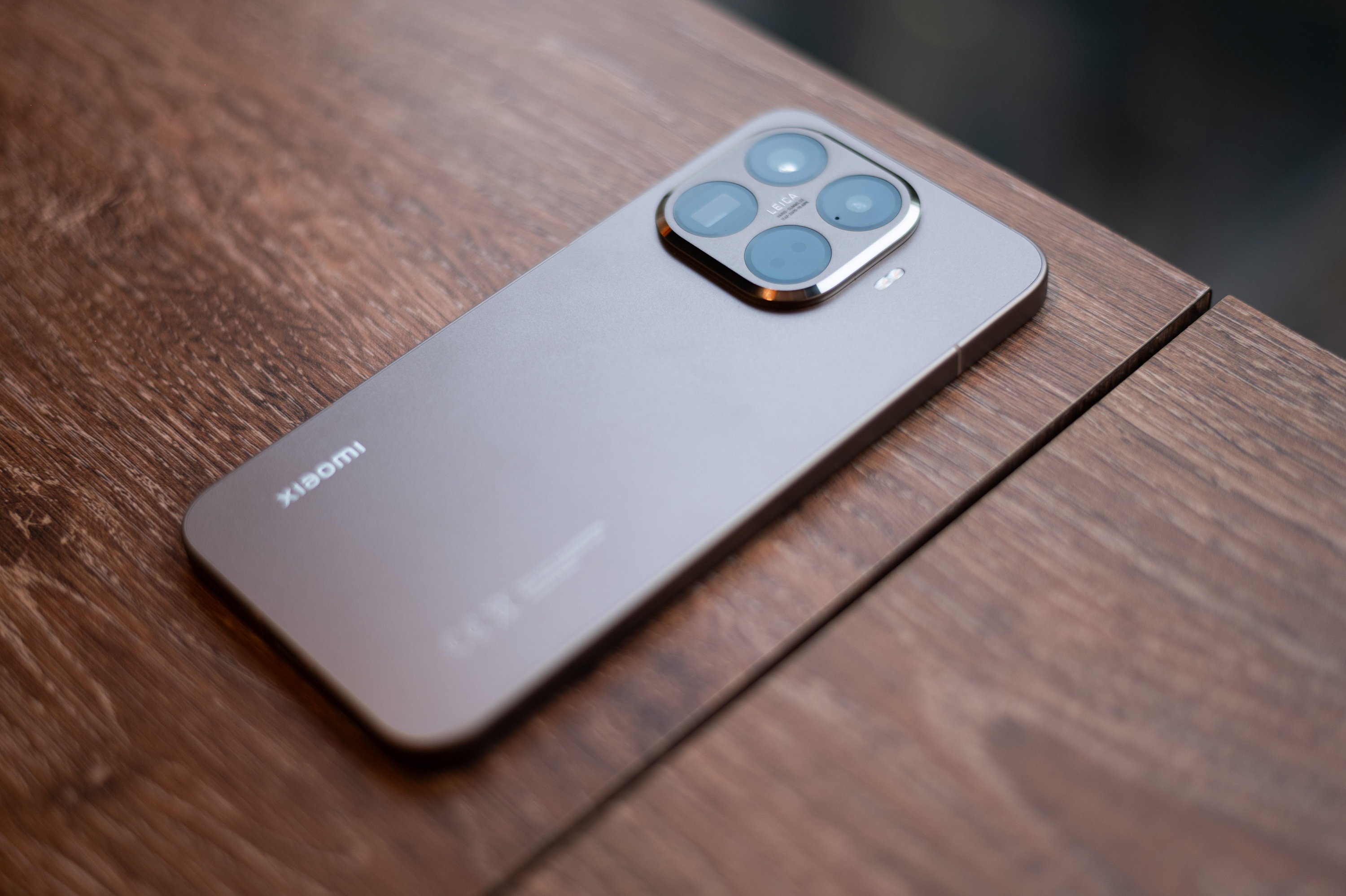 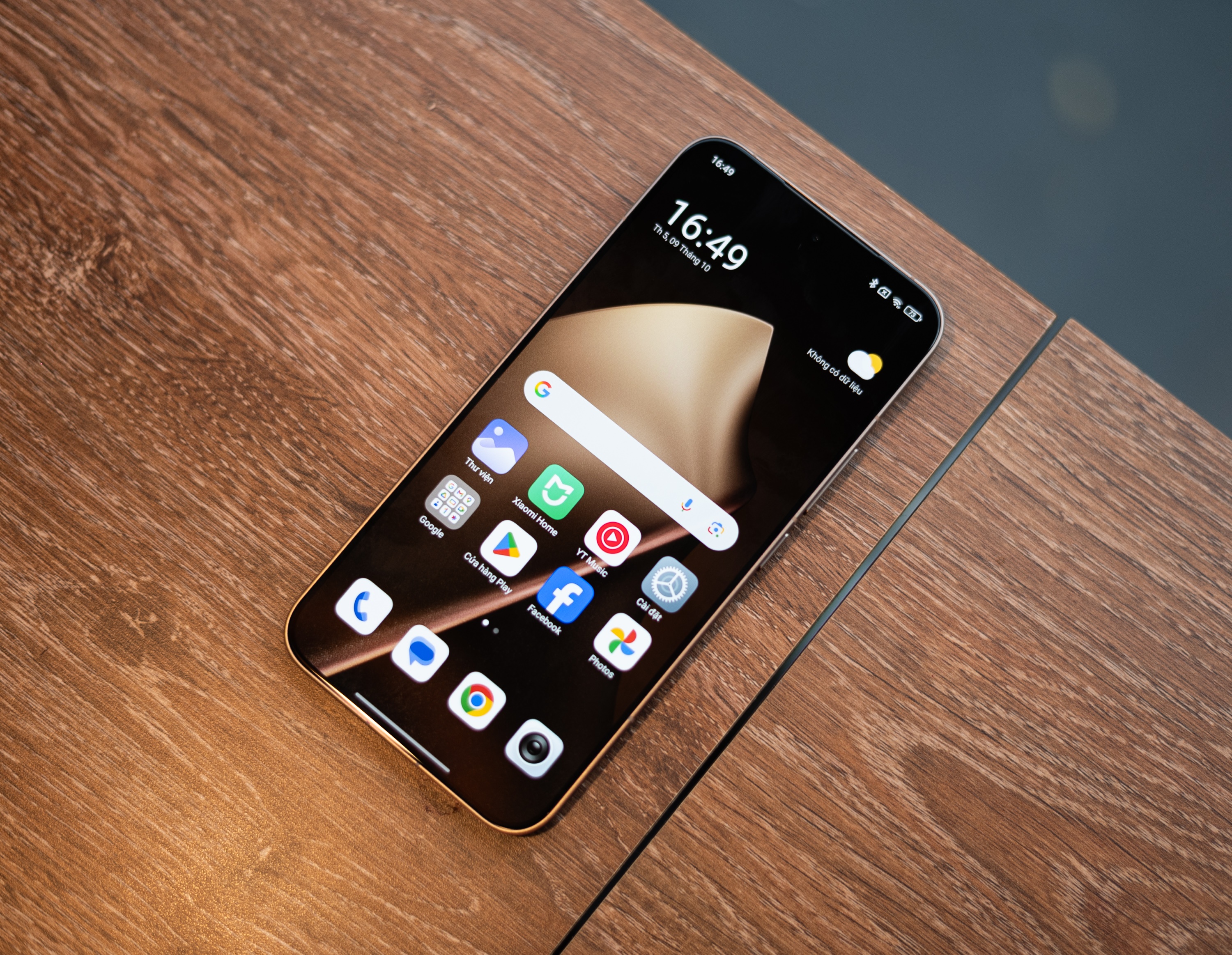 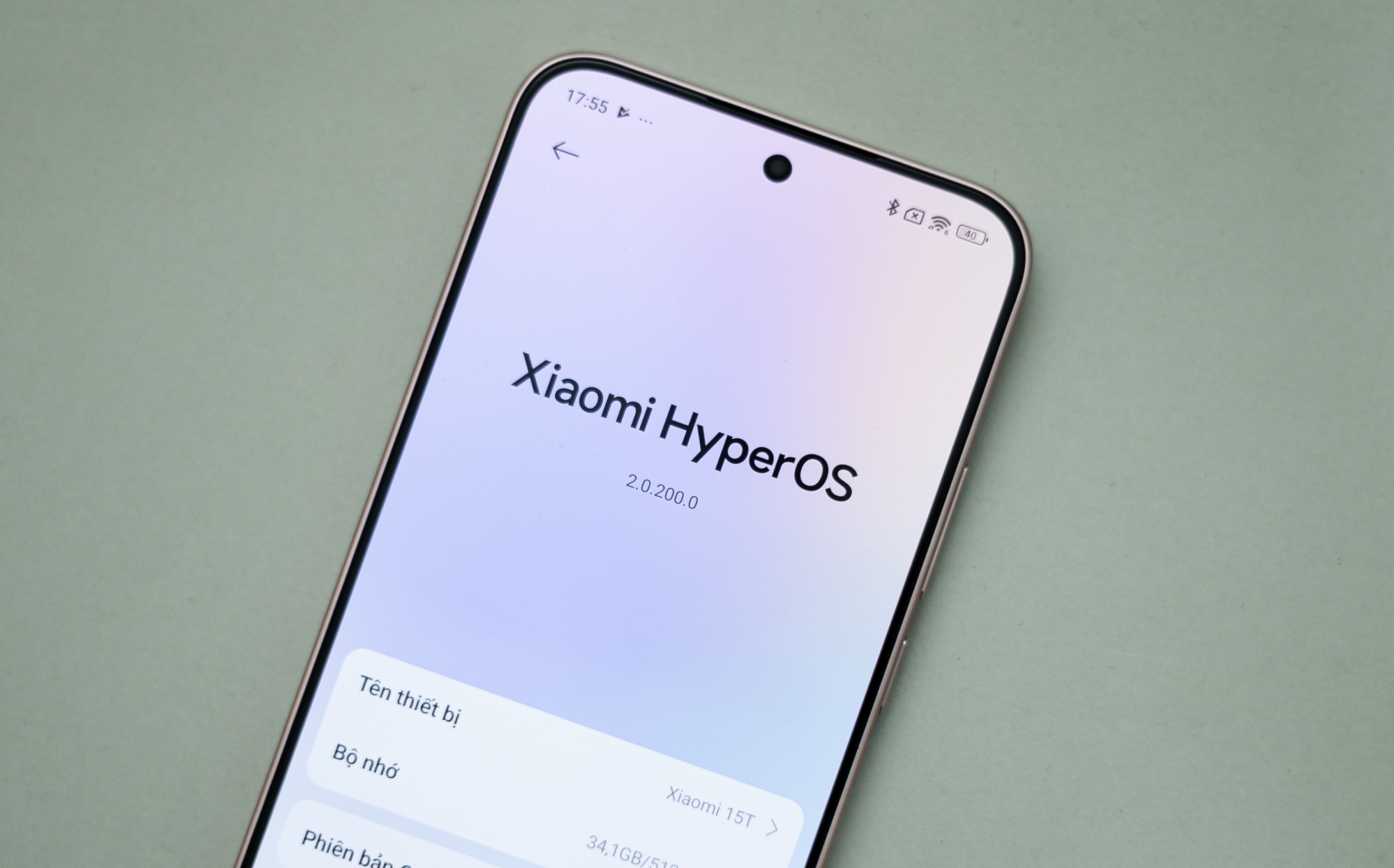 |
The T series is a test for Chinese companies when moving up to the high-end segment. |
However, when users buy a Xiaomi 15T Pro for nearly 20 million VND, users expect to have more exclusive functions.
The strategy of maintaining a consistent experience across all devices, from low-cost to high-end, has limited the functions that can be added. The Hyper AI suite and Leica camera are the most prominent features. Among them, Xiaomi's AI features are currently quite complete, similar to the pre-installed tools on Samsung Galaxy or Oppo Reno devices.
Overall, the Xiaomi 15T Pro is a step for users to get acquainted, pay more for quality finish, high-end photography functions, besides an outstanding configuration.
According to the manufacturer's announcement, this line sells about 150% better than the previous generation. This is a rare positive sign for Android brands in Vietnam, when Samsung is gradually losing strength to Apple in the expensive segment.
Source: https://znews.vn/quan-bai-chien-luoc-cua-xiaomi-o-viet-nam-post1597907.html


![[Photo] Flooding on the right side of the gate, entrance to Hue Citadel](https://vphoto.vietnam.vn/thumb/1200x675/vietnam/resource/IMAGE/2025/10/28/1761660788143_ndo_br_gen-h-z7165069467254-74c71c36d0cb396744b678cec80552f0-2-jpg.webp)



![[Photo] Draft documents of the 14th Party Congress reach people at the Commune Cultural Post Offices](https://vphoto.vietnam.vn/thumb/1200x675/vietnam/resource/IMAGE/2025/10/28/1761642182616_du-thao-tai-tinh-hung-yen-4070-5235-jpg.webp)
![[Photo] National Assembly Chairman Tran Thanh Man received a delegation of the Social Democratic Party of Germany](https://vphoto.vietnam.vn/thumb/1200x675/vietnam/resource/IMAGE/2025/10/28/1761652150406_ndo_br_cover-3345-jpg.webp)




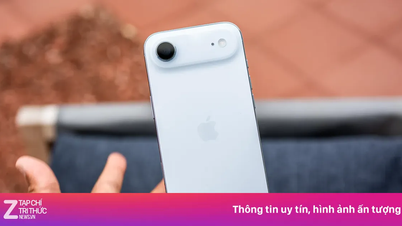
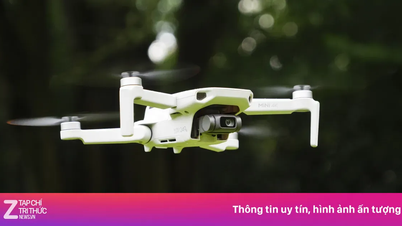

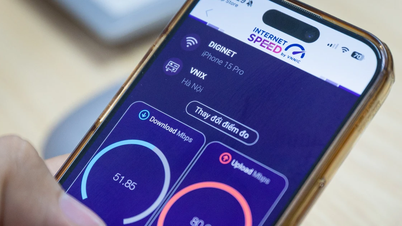






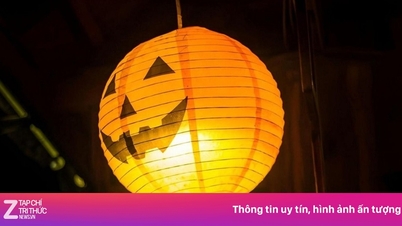



![[Photo] President Luong Cuong attends the 80th Anniversary of the Traditional Day of the Armed Forces of Military Region 3](https://vphoto.vietnam.vn/thumb/1200x675/vietnam/resource/IMAGE/2025/10/28/1761635584312_ndo_br_1-jpg.webp)








































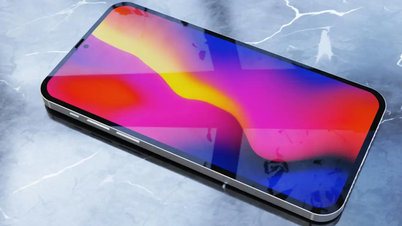
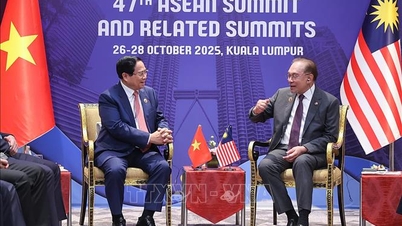

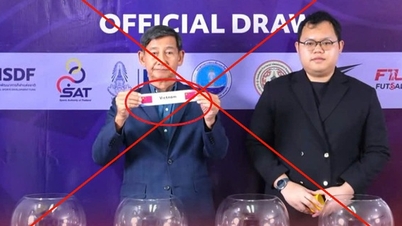

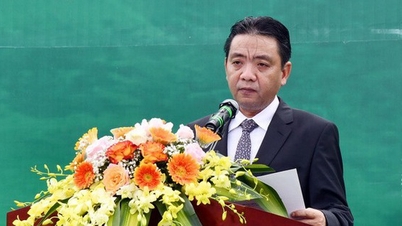


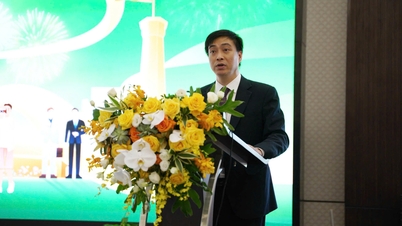









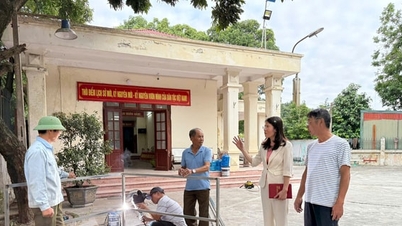


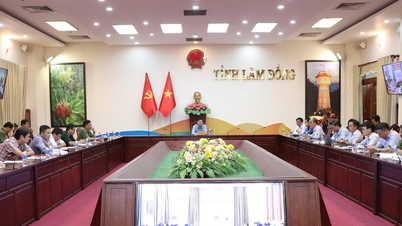
















Comment (0)